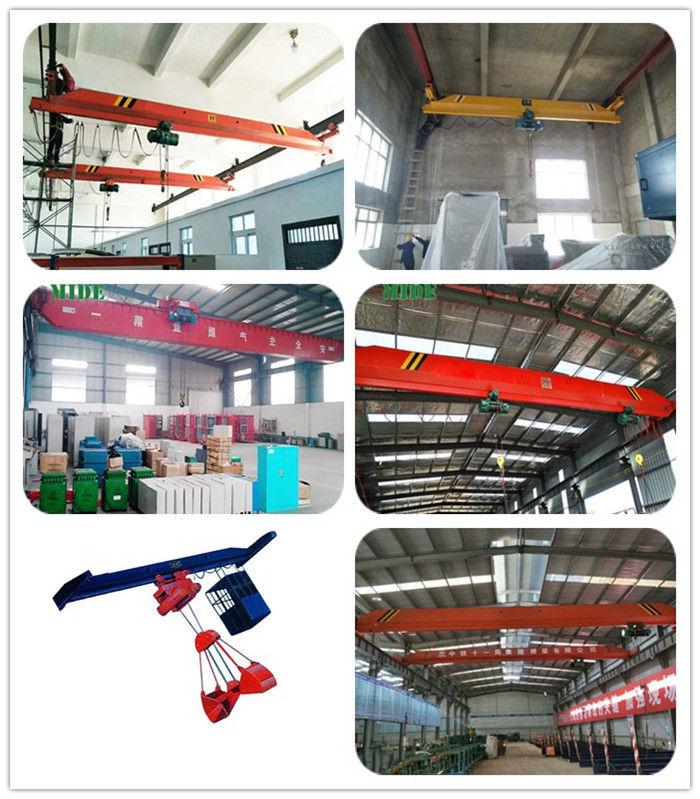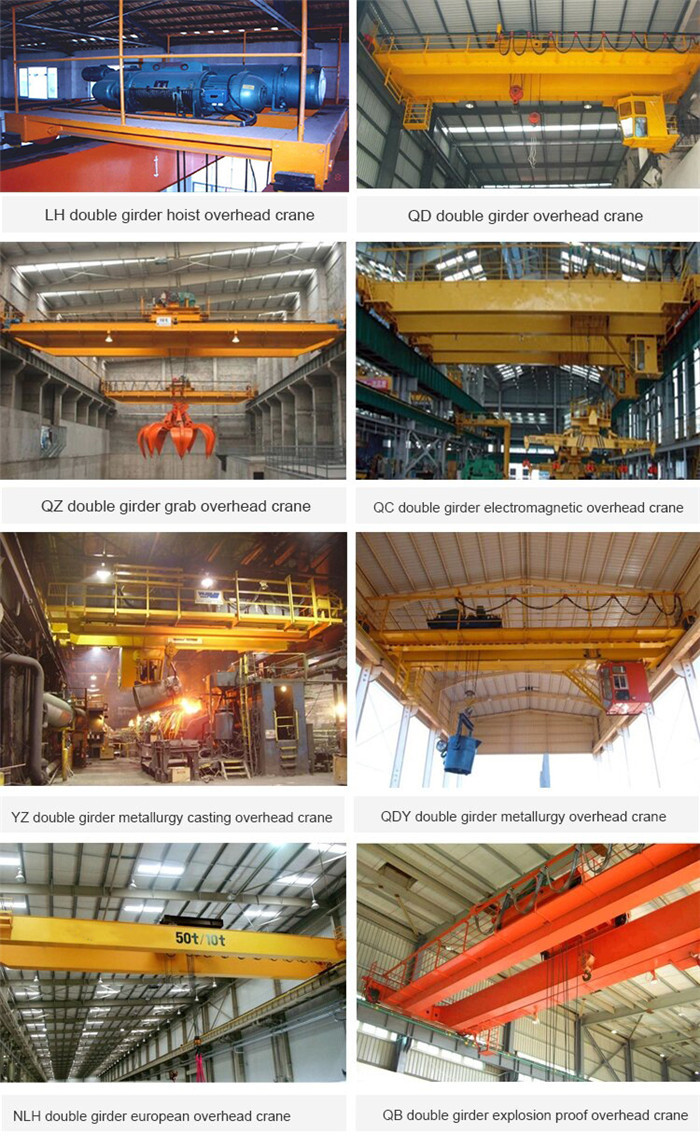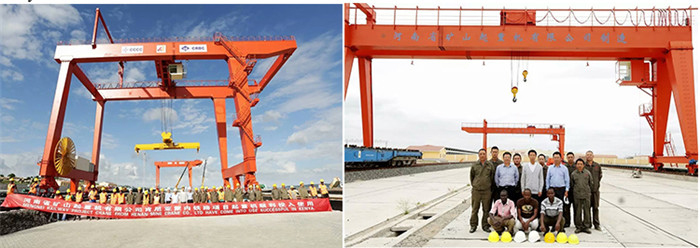In recent years, the development of computer technology has become faster and faster. The hardware has also been updated very quickly, and the performance of computers has also been greatly improved. The existing Siemens P166 microcomputer is the mainstream in 1997, but it is now about to be eliminated, and if it is damaged, the replacement of hardware is also very difficult. In operation, the problem of slow system response was discovered. This is the inherent limitation of the P166 computer itself. Although we also purchased a new spare computer from Siemens, it is expensive and there is no OM650 system that can be installed. If we want to put it into operation, we still need to do further configuration and installation work, and even need to ask the Siemens experts to The scene can be solved. Based on some of the above situations, we started to explore the method of system migration.
Second, the system conditions and solutions  Siemens OM650 system to take a more reliable software protection measures, in addition to the installation media and Siemens provided by the license, the system can not be re-installed, so the existing OM650 system backup tape It became the only resource available at hand.
The OM650 system belongs to the upper system, in which the OT is the operation terminal, the PU is the processing unit (PROCESSINGUNIT), the SU is the server unit (SERVERUNIT), and the ES is the engineer system, as shown in the following figure:

To achieve the above goals, you first need to understand SCO UNIX in depth. The startup mode, hardware management, and file system management methods should be able to understand and understand in depth, and you should also have a good understanding of TXP systems. The following is a detailed process of upgrading.
The SCO UNIX startup method is as follows:
The instructions in ROMbios load the master boot of the hard disk O sector into the memory.
 The boot block boot0 of the active partition is loaded into memory by the main boot block that has been loaded into memory.
Booto loads the bootl starting at 1KB on the UNIX partition into memory.
Bootl loads the /boot file in the UNIX file system into memory and the boot program is started.
Then start UNIX:
The boot program boots the UNIX kernel program /stand/unix.
After the UNIX is booted, start the init process.
The process starts the processes listed in the /etc/inittab file.
 The entire system was started. Generally speaking, we all use SCSI hard disks. Therefore, the correct identification of SCSI cards during the bootstrap phase is a key issue.
How SCO UNIX works: Start reading BOOT information, which contains the kernel loading and identification of the SCSI card, and then start the ROOT file system in the hard disk connected to the SCSI card, and then can continue to load other applications And file system. It should be said that the BOOT process is the identification process of the hardware, especially the identification of SCSI, as long as the SCSI is correctly identified, the system can start normally. In other words, as long as the system can correctly identify the SCSI card type during the BOOT process, then what is the SCSI information in the ROOT is not really important.
 Our idea is to adopt a fault recovery method and treat the system as a faulty system. Replace the kernel and startup program of the old system with the kernel and startup program of the new system so that the system can be booted and started. Then, after revising the configuration of the SCSI card and recompiling the kernel, the new kernel generated at this time becomes a system containing the SCSI card configuration on the new computer.
We believe that the system that is poured into the new computer is a damaged system, and it needs to be restored through system recovery.
The specific process is described as follows:
 (1) The new machine (we used Advantech's PIII IPC) installed SCOUNIX (ie, using a new SCSI card, new hard disk), and we installed SCOUNIX 5.0.5.
 (2) After the installation is successful, make an emergency disk (BOOT and ROOT disk) as follows:
敲 Type mkdevfd at the superuser prompt #, and press Enter. The r options appear on the screen:
Choicesforcontentsofthefloppyfilesystems
i.Filesystem
iiî€EmergencyBootandRootfloppyfllesystems
 Because you created the emergency disk, choose 2 Then the following screen appears:
Choicesfortypeoffloppyfllesystems:
 1)96tpi,doublesided,15sectorspertrack(12Mb5.25inch)
2)135tpi,doublesided,18sectorspertrack(1.44Mb3.5inch)
3)135tpi,doublesided,36sectorspertrack(2.88Mb3.5inch)
 Because generally we use 1.44MB floppy disk to make emergency recovery disk, choose 2.
 Then the following screen appears:
Pleasechoosethetypeoffllesystem:
1)ootfllesystem
2)ootfilesystem
3)SinglefloppyBootandRootfllesystem(288Mbonly)
Ifyouhavehighdensity(1.44M)disks,youmustcreateseparaterootandbootfilesystemfloppies.Therootfloppymustbepreparedfirst.
According to the prompts, BOOT and ROOT disks needed can be successfully created (3) Booted with BOOT and ROOT disks, and tape backups of old systems (whether OT, PU, ​​or SU) can be backed up to the new Hard disk drive (4) BOOT boot, fd (64) / unix.Z start from the floppy disk, use the ROOT hard disk
(5) Mount the floppy disk of the file system to the empty directory on the hard disk. mount/dev/fd0135dsl8/mnt
å¤åˆ¶ Copy the boot and unix.Z files on the floppy disk to the /stand directory on the hard disk (stand file system contains the information required for booting the system, boot programs such as /stand/boot, /stand/boots, etc.)
 (6) After upgrading the SCSI card using the SCSI card installed with the driver disk that supports SCO installation, modify the /etc/conf/cf.d/mscsi file and reconfigure some new hardware (such as graphics card and network card).
 (7) Generate New Kernel /etc/conf/cf.d/Link-unix
(8) reboot reboots the system so that the new system migration is completed. For the PU's CPl413 network card configuration, later found on the PU with the package, it also saves a lot of time to seek technical support, only need to do some modifications in the memory configuration, the system also started successfully. The upgraded system, including PU, SU and OT, has been tested online and is fully capable of meeting actual needs, and has been considerably improved in performance.
 This way, the spare parts of the computers on the Siemens terminal bus of our factory can be completely replaced by cheaper, better-performing microcomputers, which not only saves money, but also improves the performance of the system to some extent. At present, dozens of Siemens TXP control systems in China are faced with similar computer equipment problems. This transplantation method has certain reference effects for the whole-system transplantation of similar power plants TXPOM650 system, and can be widely applied. 
Overhead Crane is also call Bridge Crane . An overhead crane is such that its bridge moves on elevated tracks, also called overhead traveling crane. A bridge has its bridge longitudinally move along the elevated tracks laid at both sides and its carriage laterally move along the tracks laid on the bridge to make a rectangular working scope. In this way, the room below the bridge can be made fully use of while being free of hindrance of equipment on the ground.
The overhead crane including Single Girder Overhead Crane, Double Girder Overhead Crane; more specifically single girder overhead traveling crane, electric single girder low headroom crane, single girder Suspension Crane, explosion roof crane, Casting Crane , Grab Crane , Overhead Crane With Electromagnet.


Our service

Pre-sales service:
We have R&D center to keep the accuracy for the machine. we can design by your sketch or we can give you the project design according to your need.

Manufacturing:
We posses various equipments for processing including: machining, milling, planning and grinding and etc.

Testing
All of our machine will be tested before delivery. We have perfect quality assurance system, full strict management, and advanced inspection method in order to ensure high quality product.

Delivery
1.Electric parts are packed by high quality plywood crate, to reduce distortion in conveying.
2. Main beams, end beams and trolley/winch are packed by plastic woven cloth. It can reduce abrasion during the transportation.
3. If the size are suitable for container ship, usually by container; if not, usually by bulk ship or by container after truncation

After-sales service
Oversea after-sales is available; when it is required by customer, we will send technicians to your site to installation and commissioning according to your actual environment.
Overhead Crane
Overhead Crane,Overhead Crane For Sale,Overhead Bridge Crane,Used Overhead Crane
Jiangxi Mide Industrial Co., Ltd. , http://www.midecrane.com